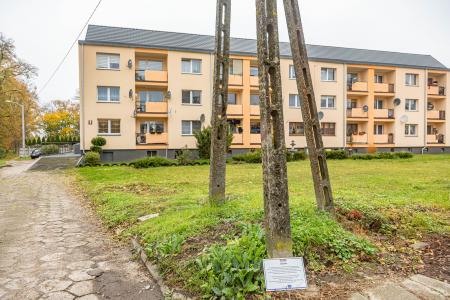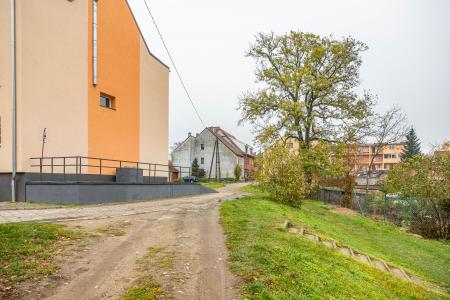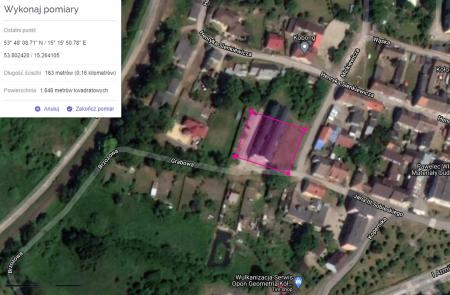Obj. ID: 52275
Jewish Funerary Art Site of the Jewish cemetery in Płoty, Poland

According to ESJF European Jewish Cemeteries Initiative, the Jewish cemetery in Płoty was probably established before 1800 (or around 1846, according to other sources). Such a date can be inferred from the fact that for many years the cemetery also served the local Jewish communities, e.g. the commune of Golczewo (Gülzow) and Gryfice, which established their own cemeteries only after 1812. Previously, those who died from the community were to be transported to Stargard Szczeciński, a day away, where there was a large Jewish cemetery.
The Płoty cemetery was located in the southwestern part of the city at the end of Königstrasse (now Jana III Sobieskiego Street), slightly off the beaten track Gartenstraße (now Ogrodowa Street), east of the grove then called Falkenberghain and south of Kreuzstraße. The entrance to the cemetery was from the side of Gartenstraße. To get to it, you had to pass a small park planted with trees, at the end of which there was a small house called “Herberge” (German “Shelter”). The cemetery itself was located on a hill, and its area was 0.16 ha both before and after the war.
The last known burial took place there in 1940. The cemetery was devastated during the war and no tombstones have survived. Nobody was interested in the neglected area of the former necropolis for a long time, until the end of 1990 and the beginning of 1991 that the whole area was used for the construction of a residential block. Currently, there is no indication that there was once a cemetery in this area.







